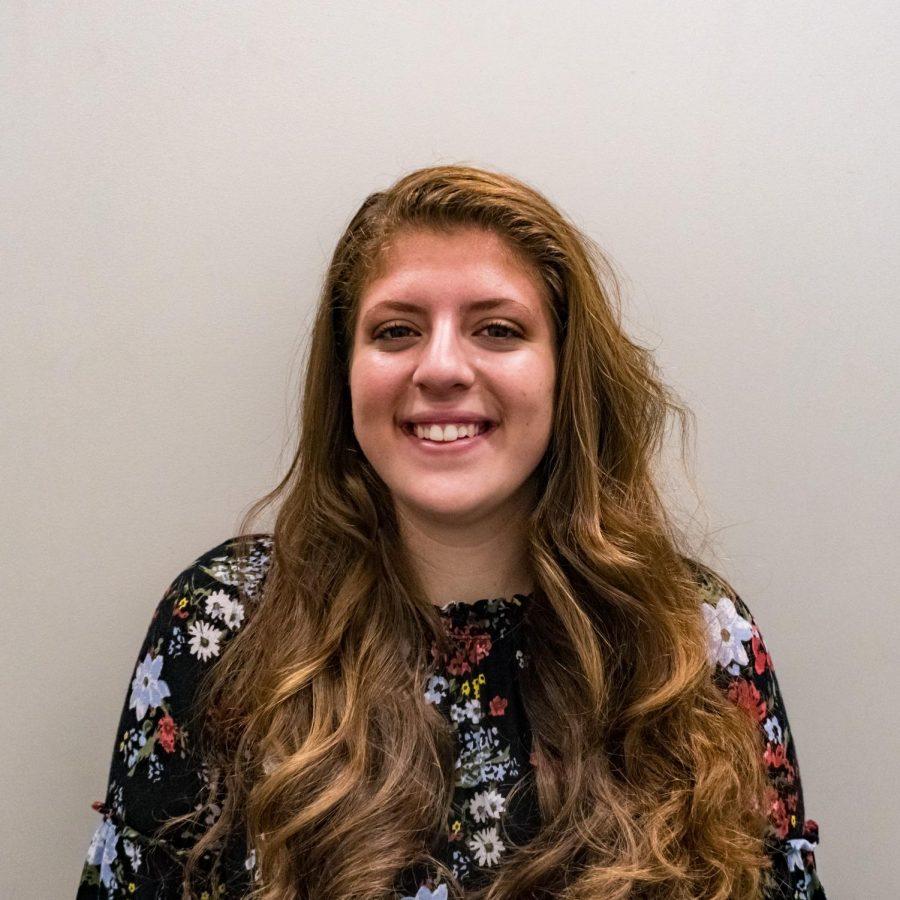What do SpaceX, a commercial leader in the aerospace world, and LELO, a European sex-toy company, have in common? They’re both pioneers in the tech world and simultaneously changing our lives in more ways than one. Just Tech-ing In will discuss socially and technologically relevant topics like forthcoming innovations, tech controversies, women in STEM and university updates on Tandon projects and startups.
“Congratulations! You’ve been accepted into our 2018-2019 Fellowship!” I was confused by the words I read on my friend’s screen. “You got in?” I asked. I refreshed my email one more time, hoping to be greeted by the same, exciting words. And yet, there was nothing.
A few weeks ago, my friend and I both applied for the same winter computer science fellowship, outside of NYU. As a junior studying Mechanical Engineering, my application was punctuated with technical training and leadership experiences: internships, hackathons and relevant coursework that made me a qualified candidate. Meanwhile, my friend, a first-year mechanical engineering student, who is an incredible individual and will no doubt make a brilliant engineer one day, lacked these experiences. Yet, weeks later, I sat staring at an empty inbox while he looked at an acceptance letter. In that moment, like many other women in STEM, I couldn’t help but feel the sting of my gender.
When I decided to go into engineering, many warned me of the prejudices and disadvantages I would face as a woman in the field. I was told that I would lose job opportunities to less qualified men, make less money than men and feel voiceless in the workplace. Getting rejected from the fellowship was the first time I personally experienced institutional sexism; at least that’s what I thought. However, upon further inspection I realized to my dismay that these same prejudices exist within our own university. With clubs like the Association for Computing Machinery Women’s Chapter, the Society of Women Engineers and Women of Excellent Strength and Tenacity, NYU gives the illusion that it prioritizes the female STEM community’s concerns. The unfortunate truth, however, is that our university still has a lot of work to do before we can feel that our needs are being met and that the disparities between genders in STEM programs at NYU are addressed.
The problem begins with our enrollment rates. With an enrollment of over 2,500 undergraduate students in fall 2017, only 900 were women. There are nearly twice as many men as women, and students at Tandon will tell you that the disproportionate ratio is noticeable. My roommate, a Computer Science major, recounts experiences of being one of five women in a lecture of over 50 students. This experience is universal to women in STEM here at NYU and it leaves students feeling alone and isolated on campus.
Furthermore, this gender gap is not unique to the student body; it extends to the faculty as well. Within Mechanical Engineering — a department comprised of over 50 core, affiliated and adjunct faculty members — five members are women. This issue plagues every major at Tandon, with an average of six female faculty members per major. Most of my female peers have only had the opportunity to take a class with a female professor twice in their college career.
Representation matters. At NYU, a university that values diversity above all else, this huge gender gap is a clear indication that the diversity here is lacking, leaving female students feeling isolated on campus.
The Student Government Assembly, a group which should advocate for the needs of underrepresented groups on campus, completely excludes women in STEM in its representation. Of the 93 school senators, Senators-at-Large, Alternate Senators-at-Large and presidents, only one represents women in STEM; not a single one represent women in STEM as a constituency. The closest we come to having a voice on campus is with Zainab Babikir, the alternate Senator-at-Large for Muslim Women in STEM.
That’s not to invalidate the work that Babikir is doing for this community, since there is a need for representation at the intersections of ethnic and religious minorities in STEM; but it must be acknowledged that this leaves other women from minority groups — like myself, a person of Latin and Jewish descent, from a low-income and immigrant background — completely voiceless. As a group that already experiences prejudice and misogyny from students, professors and institutions at large, we are further divided and silenced in the spaces where we are supposed to be heard.
NYU and its student body need to recognize that far more work needs to be done before women in STEM feel represented. Tandon must not only continue working toward closing the gender gap in terms of the composition of the school, but also ensure that these women are equipped to later succeed in the field. Those with greater executive power should implement a shift in the state of representation on campus. As it stands now, we are unable to build the networks and relationships imperative to our success in the field because of the limitations of women in STEM represented within our university. The student body also has a responsibility to advocate for the representation for women in STEM at NYU. Spaces that are meant to advocate for marginalized groups, like the SGA, should be doing their jobs. Instead, they not only fail to represent us, but also serve only to further divide and silence us.
Serena Vanchiro is a junior studying Mechanical Engineering at Tandon School of Engineering.
A version of this article appeared in the Monday, Dec. 3 print edition.
Opinions expressed on the editorial pages are not necessarily those of WSN, and our publication of opinions is not an endorsement of them.
Email Serena at [email protected].























































































































































